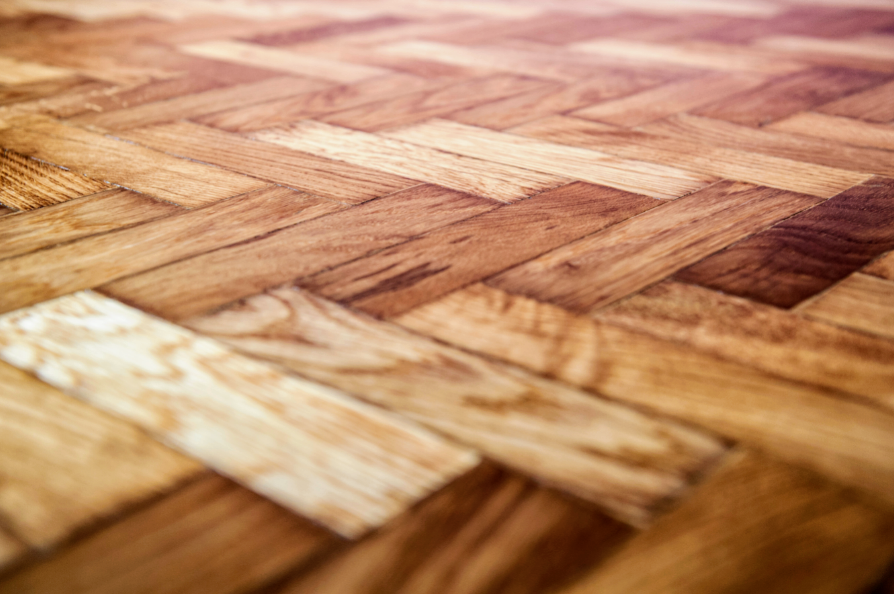
Wooden floors can be turned into eco-friendly energy sources
Researchers from Switzerland recently created a highly innovative and eco-friendly energy source: a wooden floor which, when walked on, can produce enough energy to power the LED lightbulbs and small electronics from an entire household.
The team transformed wood into a nanogenerator by placing two pieces of functionalized wood between electrodes. Through periodic contacts and separations when stepped on, the wood pieces become electrically charged (a phenomenon known as the triboelectric effect).
However, wood is generally a triboneutral material. It means that wood has no real tendency to acquire or to lose electrons, which limits the material’s ability to generate electricity, explained group leader Guido Panzarasa, a professor in the Woods Material Science Department at ETH Zürich.
In order to make wood capable of attracting and losing electrons, Professor Panzarasa and his colleagues coated one piece of wood with polydimethylsiloxane (PDMS), a type of silicone which gains electrons upon contact, and functionalized the other piece with in-situ-grown nanocrystals called zeolitic imidazolate framework-8 (ZIF-8).
Moreover, the experts investigated which species of wood have the most triboelectric potential. They discovered that spruce, a wood species often used for construction in Europe, performed best.
“Our focus was to demonstrate the possibility of modifying wood with relatively environmentally friendly procedures to make it triboelectric,” explained Professor Panzarasa. “Spruce is cheap and available and has favorable mechanical properties. The functionalization approach is quite simple, and it can be scalable on an industrial level. It’s only a matter of engineering.”
Their triboelectric generator constructed with this upgraded wood was able to generate 80 times more electricity than natural wood. Researchers found that a wood floor prototype with a surface smaller than a piece of paper could produce enough energy to power household LED lamps and small electronic appliances such as calculators.
These innovative wood nanogenerators can be used as green energy sources in smart buildings and help mitigate climate change by sequestering CO2 from the environment. “The ultimate goal is to understand the potentialities of wood beyond those already known and to enable wood with new properties for future sustainable smart buildings,” concluded Professor Panzarasa.
The research is published in the journal Matter.
—
By Andrei Ionescu, Earth.com Staff Writer












